What are the best hypoallergenic cats for adoption? You love cats and want to have a furry companion, but whenever you get close to one, you find yourself with itchy, watery eyes and serve a case of sneezing. No worries, you can still adopt a cat. You have heard of “hypoallergenic” cats. But that does not mean they are allergens-free. No cat breed is 100% allergen-free. A hypoallergenic cat produces fewer allergens than other breeds, causing fewer allergic reactions. Probably, they are proven to reduce allergic reactions by a lot.
However, it is always good to spend time around different breeds to see how you react. Here is the list of top breeds recommended for allergy sufferers who want to adopt a feline friend but can’t wait for a cat allergy cure!
What Cats Are Hypoallergenic?
A few cats are known to be less irritating for people with allergies, but there is no such thing as a completely hypoallergenic cat. If you are allergic to cats, you are allergic to the protein Fel d1, which is contained in the cat’s saliva. This protein usually causes a person with allergies to take antihistamines, cause sneezing, itchy eyes, or even an asthma attack.
When the cat licks its fur and dries and becomes airborne, you breathe it in and react to it. Cat breeds considered hypoallergenic produce less of this protein than others.
Are There Hypoallergenic Cats?
Yes, a few breeds of cats seem to be a little less allergenic reaction for people. Their short hair coat and the fact that they do not have much of an undercoat are thought to account for this. Therefore they tend to show less and emit less total allergen. There are some breeds included in this category, which are:
- Balinese
- Siberian
- Oriental Shorthair
- Devon Rex
- Cornish Rex
- Javanese
- Sphynx
- Burmese
- Ocicat
- Russian Blue
- LaPerm
- Bengal
Keep in mind that each cat will differ and while these breeds are commonly thought to be less allergenic than most, allergic reactions or symptoms can vary based on the individual or the cat itself.
List of Hypoallergenic Cats For Adoption
Now that you have a better understanding of cat allergies let’s talk about some of the best “hypoallergenic” cat breeds. Some of these breeds are said to have less of the Fel D1 protein, while others shed less or have less hair, making them less likely to spread allergens compared to other felines.
1. Balinese
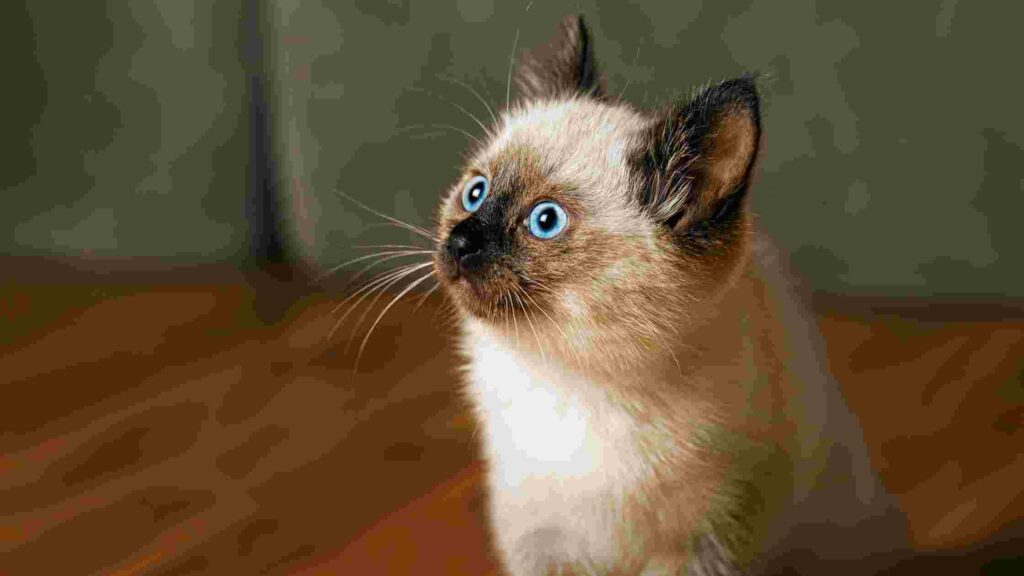
As a long-haired Siamese, the Balinese are innovative, adaptable, and social – but not overly demanding. Balinese cats are believed to have originated from a spontaneous mutation when long-haired kittens were born to a Siamese cat.
However, this cat breed is slender with beautifully shaped paws, ears, and eyes. Balinese cats are curious beings and need constant stimulation, but it doesn’t look like it would be hypoallergenic.
The cats get along well with other pets and children and enjoy a good balance of play and relaxation. Balinese cats have low Fel d1 protein, which makes them great for people with allergies. Also, despite their long coats, these cats do not shed frequently and require minimal maintenance.
2. Siberian
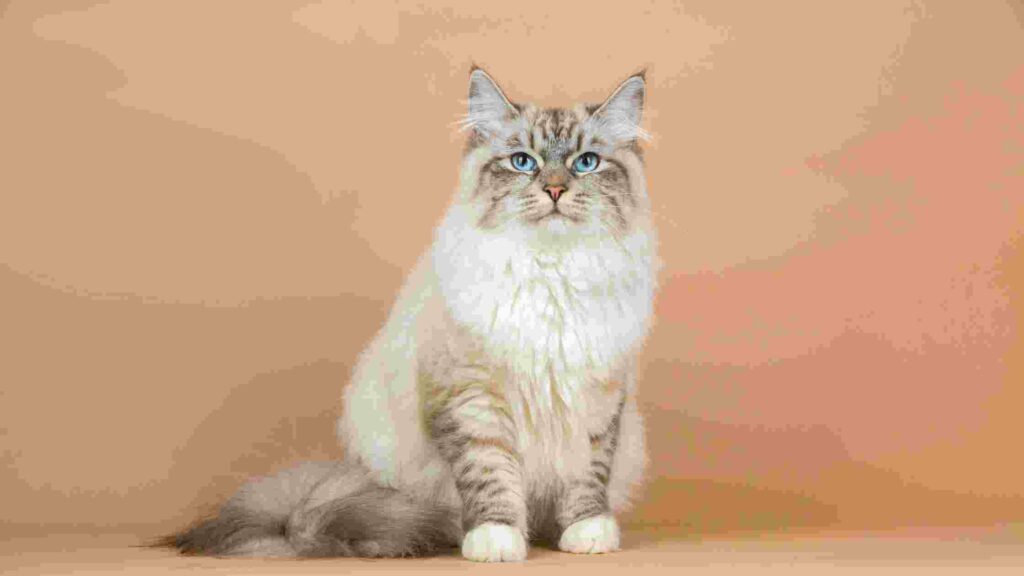
Like Balinese, Siberians are also known to have low Fel d1 protein compared to other breeds of cats. Siberians are big cats and come in many colors, and they have a triple coat, which can be as long as the teeth are brushed every week. These medium-sized cats were undoubtedly made for their environment in the forests of snowy Siberia.
Siberian cats shed seasonally, during which time daily brushing will help keep their coats healthy, especially the undercoat, and help reduce allergies. Siberian cats shed seasonally, during which time daily brushing will help keep their coats healthy, especially the undercoat, and help reduce allergies.
These cats are intelligent and observant in terms of personality – they love to learn and explore things for themselves. They are gentle towards children, other pets, and visitors and are happy to have an audience.
3. Oriental Shorthair
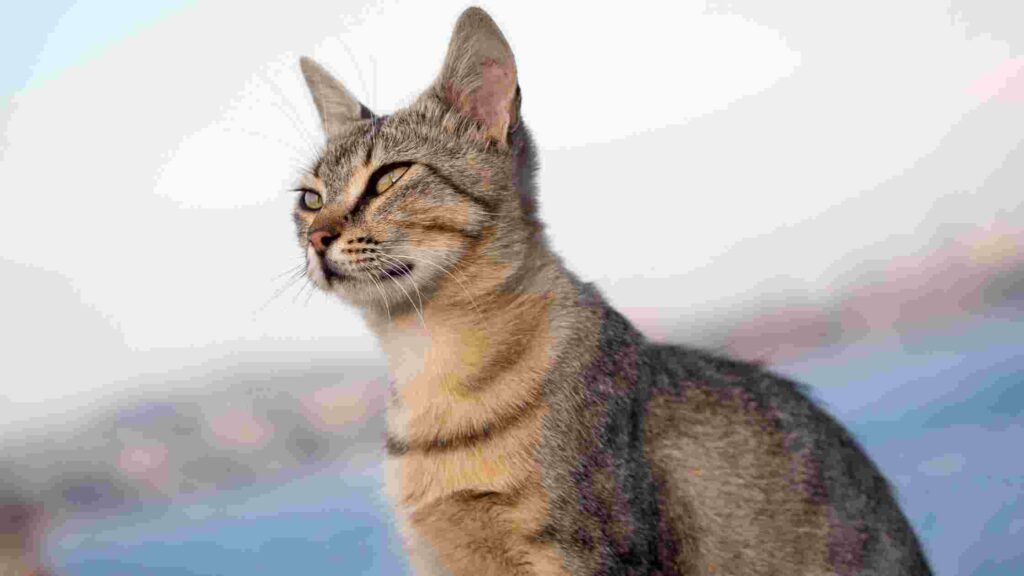
Although the Oriental cat breed comes in both Shorthair and longhair, the Oriental Shorthair is known to be more suitable for cat allergy sufferers due to their shorter coats.
These cats have silky coats that are easy to care for and do not shed a lot. Regular brushing can reduce hair loss and help keep the skin looking its best.
Oriental Shorthairs are known for being very talkative, active, and outgoing. These cats are very social and need exercise or activity to keep them busy. Oriental Shorthairs like to form close friendships with family members or any other pet that can keep their energy up.
The Oriental Shorthair is often included in lists of hypoallergenic cat breeds. While no cat breed is truly hypoallergenic, this breed produces less of the Fel d1 protein, responsible for triggering cat allergies.
4. Devon Rex
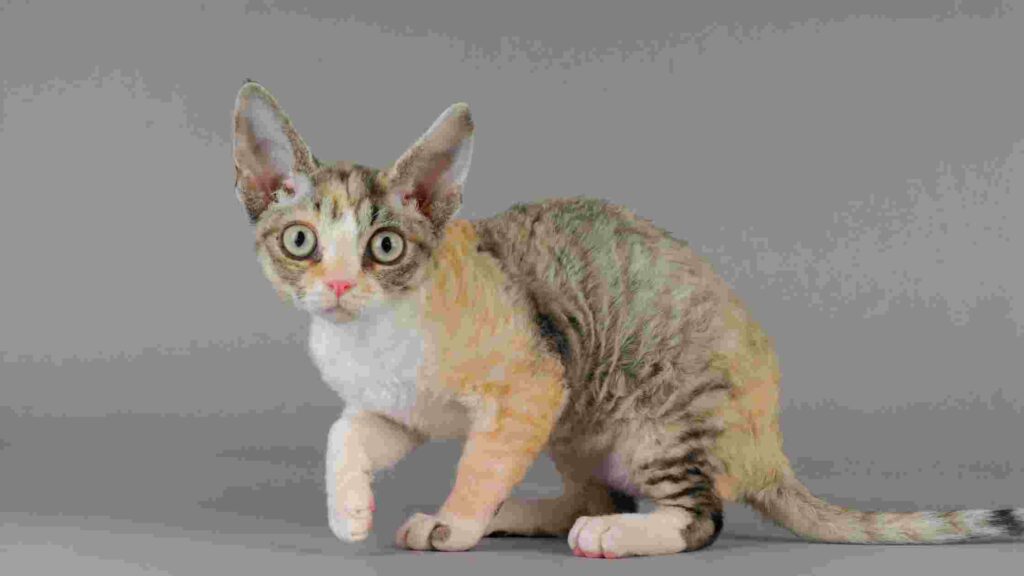
Devon Rex cats shed less than many other breeds thanks to their thin, fine hair. You can wipe down this cat’s coat to diffuse the natural oils and keep it clean, but a Devon Rex generally doesn’t require a lot of care.
These cats have a lot of energy, and they love to use it. They love to be involved in whatever they are doing and have been known to howl loudly when they are happy. The Devon Rex is also known to be a little mischievous, so you’ll want to make sure they don’t get into trouble.
Devon Rex likes a warm spot in the sun and should be provided with areas of warmth in winter. They should never be brushed because their fur is very delicate, and rubbing gently with a cloth will prepare them well. However, this breed is less allergic than other common felines we know.
5. Cornish Rex
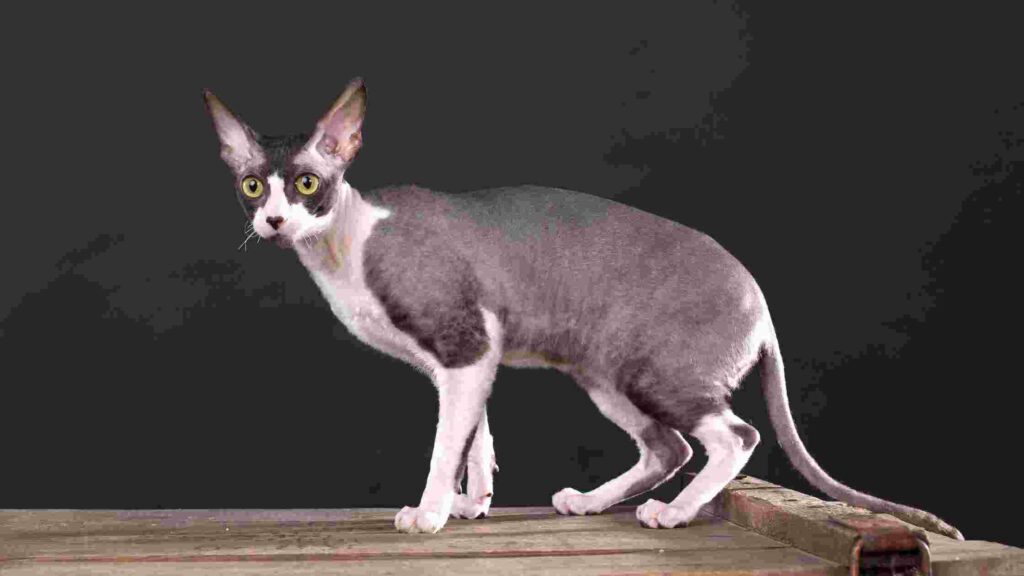
The Cornish Rex is a breed of domestic feline. It is hairless except for its own, and Cornish Rexes only have the undercoat. Hair loss is common in them, and many will develop a skinny coat or even go bald over large areas of their bodies.
Although some believe it, the Cornish Rex’s short hair does not make it hypoallergenic or non-allergenic. Allergic reactions from cats are not the result of hair length but from a glycoprotein known as Fel d1, which is produced in the sebaceous glands of the skin, saliva, and urine. [citation needed] Most people who are allergic to cats react since Cornish Rex can still produce fewer allergies than others.
Fun and energetic, these cats love to play. Unlike many cats, the breed is curious, athletic, and likes to be picked up. Cornish Rex cats will follow you from place to place and seek attention.
6. Javanese
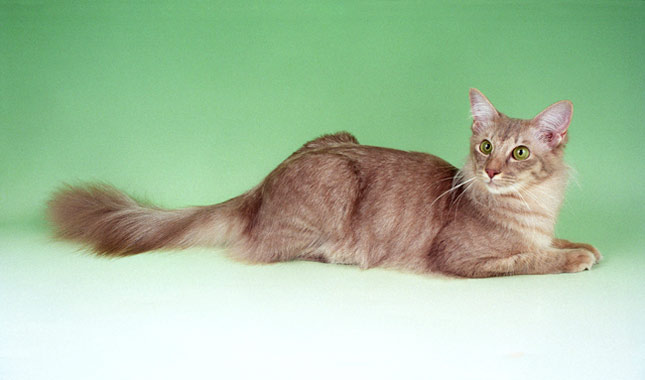
A cross between a Balinese and a Colorpoint shorthair, the Javanese is a Siamese-like cat known for its assertiveness. These are medium-sized cats that typically weigh 5 to 10 pounds. A Javanese may not be as loud as his relative, the Siamese, but he is undoubtedly just as opinionated. He will tell you exactly what he thinks, and he expects you to heed and act on his advice. This means this breed of felines is talkative.
Javanese cats are intelligent and athletic – they are excellent jumpers and like to make good use of their curiosity, exploring cabinets or drawers if they are able. These felines have short, low-maintenance coats with no undercoat.
The Javanese is one of the least shedding cat breeds, and regular brushing will help reduce any allergies.
7. Sphynx
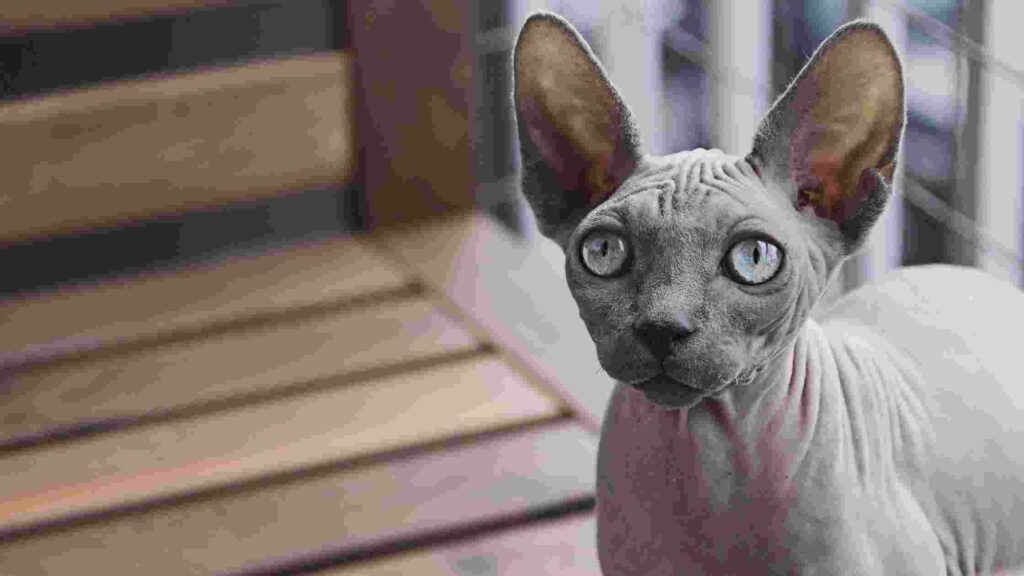
The hairless Sphynx may be one of the first breeds that come to mind for allergy sufferers due to their lack of hair, but these cats are not as hypoallergenic as you would think. Like all cats, Sphynx does produce dander, but it can be minimized by frequent bathing, which helps prevent a buildup of oil on their skin.
Sphynx cats are friendly, outgoing, and playfully mischievous. The breed is also intelligent, curious, and loves attention. They are soft to touch and warm and have earned ‘suede hot water bottle.’ The skin is wrinkled on parts of the head, body, and legs but should be taught everywhere else. It is not uncommon for these cats to follow you, exhibiting dog-like loyalty and devotion.
8. Burmese
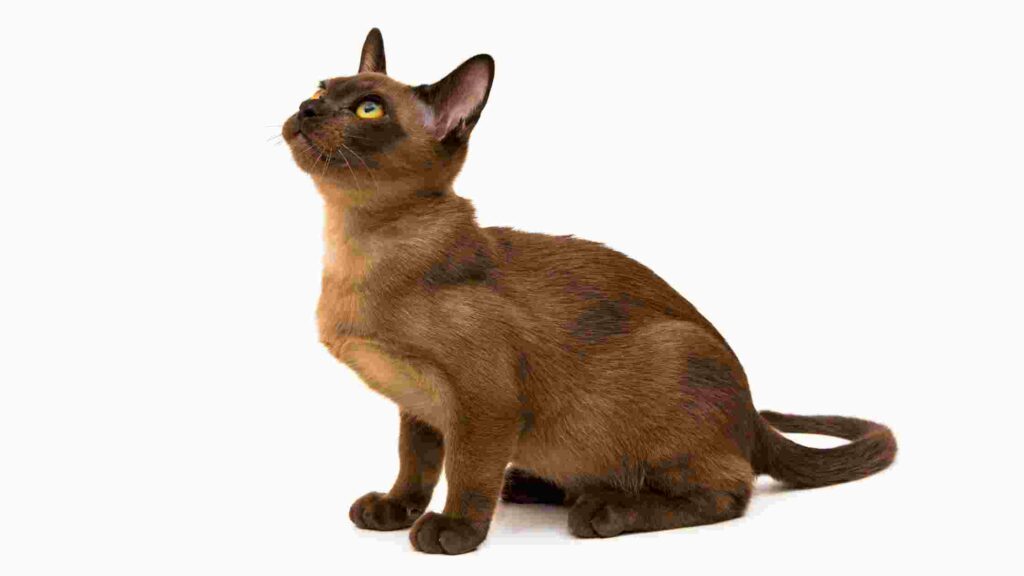
The Burmese is an energetic, talkative, and sometimes stubborn cat that loves to spend time with children, other cats, and dogs. They want to spend as much time as possible around people. These cats are intelligent and enjoy playing – they won’t be thrilled to be left home alone, especially without something to keep them busy.
Burmese cats have short, silky-feeling coats, and although they may not have relatively as little shedding as some of the other breeds on our list, they are still on the lower end of the spectrum. These cats require minimal grooming, but daily brushing will help keep their coats healthy and clean, like many other cats. It would help if you also kept her in tip-top shape by visiting the veterinarian regularly.
9. Ocicat
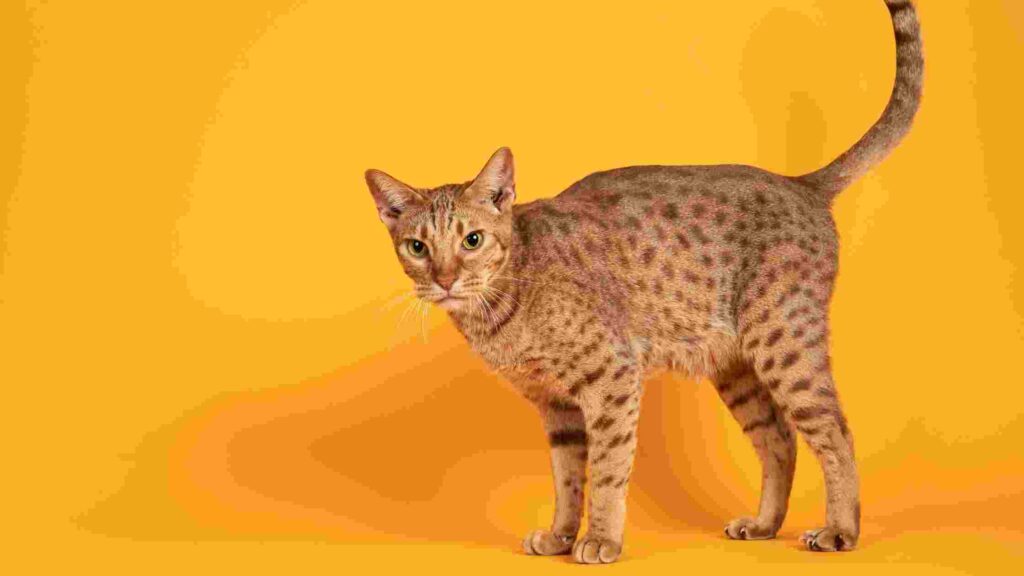
This breed looks like a miniature version of an Ocelot, and the Ocicat is an athletic, high-energy, and brilliant breed. These cats can be a bit demanding – they are outgoing and talkative, and they want to play and be active with their families. The Ocicat personality is active, affectionate and very social, and adaptable. Ocicats bond with only one person and prefer that person’s company to all others, although they tend to be friendly and affectionate towards others in the household.
Unlike many other cat breeds, some Ocicats don’t mind water and can enjoy swimming. These cats love company and have another cat or dog in the house to keep them busy.
Ocicats tend to shed more minor, but it can be helpful to use a grooming cloth to remove dead hair regularly. All the hair is tied up except the tip of the tail. Within the markings, the hair is tipped with a darker color, while the hair in the ground color is tipped with a lighter color.
10. Russian Blue
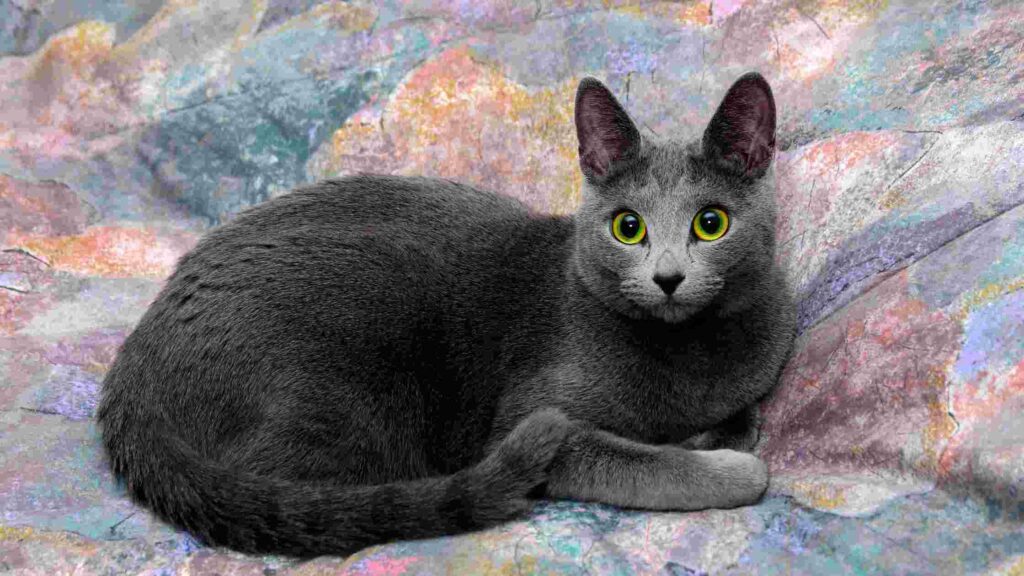
Recognized by their coat color, Russian Blues are gentle, affectionate, and happy to spend quiet time alone and with their families. These cats are adaptable, sympathetic, and sometimes a little shy. They don’t mind too much if you’re out at work all day, but they need a lot of playtime with people. Russian blues are very shy away from visitors and may hide during large gatherings.
Russian Blues have a short but dense coat, and they can shed a little more than some of the breeds on our list – so they may not be the best choice if you have severe allergies. However, these cats maintain their coats well, and regular brushing can help reduce shedding and allergies.
11. LaPerm
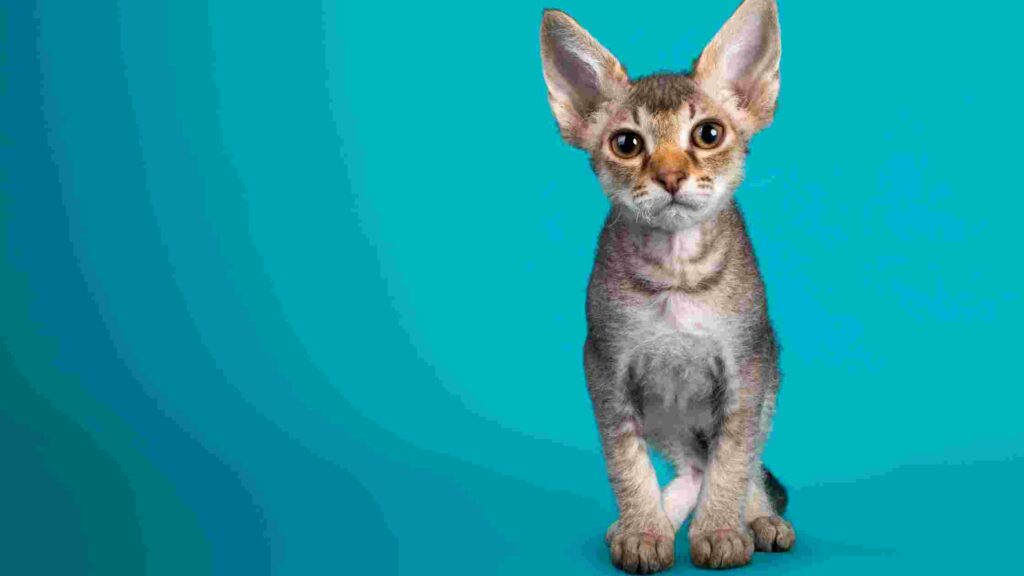
The LaPerm is a small cat and generally healthy. They are moderately active and enjoy retrieving items that are thrown at them. Although his reputation for getting into things, the LaPerm is pleasant to live with. He rarely uses his voice, and he is affectionate, gentle, and patient with his people.
LaPerm’s outstanding feature is his coat. It has loose, bouncy curls, making it light and airy to the touch. The tight, long curls around the neck create a ruff and clustering at the base of the ears. The mustache is also long and curly. So it would help if you used a comb that is revolving teeth for the best result. Also, it can help your cat to make her smell-free. Laperms shed much less than most cat breeds because of their curly textured coat. It also makes them a little allergic-free for their owners, who have sensitive reactions to them.
12. Bengal
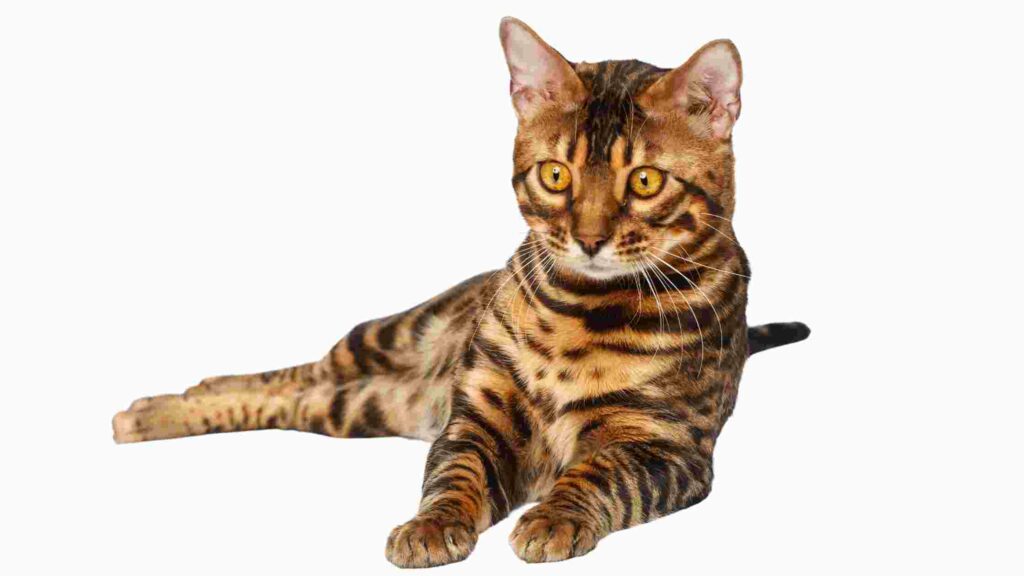
Even though Bengal cats look wild outside, they are very soft and sweet inside. These affectionate cats are friendly, although they may choose a particular family member. In addition to this, Bengal felines are intelligent and curious breeds. They love to play with toys and are also known to love water and enjoy shallow tubs.
If we are talking about the allergic matter for sensitive humans, this breed is less allergic than other breeds because the length of their coats is short. Their patterned skin needs combing only once a week. What makes this breed hypoallergenic is not that it produces less of the protein that people are allergic to cats, but their coats make them hypoallergenic. Their coats require little maintenance. For this reason, they do not have much saliva on their skins.
What Things Should You Know before Adopt A Hypoallergenic Cat Breed?
Before owning a hypoallergenic cat breed, you should consider many things listed below.
1. Spend time with the feline that you want to adopt:
Every cat will not affect your allergies the same way, even within the same breed. Therefore, spending time with the cat before adopting it is essential to see how much reaction you have. Often one visit will be enough to tell you how bad your allergies are to that particular feline. But you can also try several visits if you are unsure.
2. Brush your cat often:
Brushing your cat can reduce the amount of hair and dander they leave around your home, and it would help if you tried brushing daily. You can do it less if you’d like, but it will be more effective if you do it frequently.
For shorthaired cats, a matter comb or rubber brush will be best for them, and the rubber brush will significantly help remove dead hair.
3. Try bathing or wiping your cat down:
Bathing your feline can reduce allergens like dander and saliva. However, you can do it reasonably once a day. If you are cleaning your kitty often, it will not be a pleasant experience for her. Instead, you can try to rub down your cat each day that is available on the online store.
4. Wash your hands after touching the cat:
When you contact your feline, it’s essential to ash your hands afterward. That way, you won’t spread allergens on your face, including your nose, mouth, and eyes, which are the allergens that will cause the most damage.
5. Tested Yourself for allergies:
You could also be allergic if your fur baby comes from the outside if it’s an outdoor cat. Having yourself tested for allergies will help you determine just what allergies you have. For example, maybe you’ll want to keep your cat indoors.
6. Cleaning up the allergies:
Your feline tends to produce allergies all the time, so one way you can reduce the allergens in your home. You can try vacuuming at least once a week to reduce dander, which gives you allergies. Also, it would help if you cleaned the dust regularly.
7. Keep the cat out of the bedroom:
You must create a pet-free area that helps you take a break from allergies—the best place to choose in the bedroom to sleep better without any sensitives.
8. Choose a hard surface:
Hard surfaces such as hardwood or tile floors and blinds are less likely to allergens than soft surfaces. It’s best to skip thick carpets, for example, and cloth curtains, as they can both trap allergens.
Are Hypoallergenic Cats Friendly For Adoption?
Several cat breeds are considered hypoallergenic, but there are no cats that are 100% allergy-friendly. It mostly depends on you, your immune system, and your cat. So even if you do adopt a hypoallergenic breed of cat, you may still have symptoms, although they will be much less intense.
A protein called Fel-D is found in the saliva of cats. Cats are self-grooming, so Fel-D mites stick to the cat’s coat every time your cat licks itself, then fly into the air once dry. These fine particles are then deposited wherever your cat has been; Sofa, your bed, your lap, your carpet, your clothes, and the list goes on.
Do Hypoallergenic Cats Exist?
So, all cats produce the Fel D1 protein. According to the European Journal of Allergy and Clinical Immunology, there’s no such thing as allergen-free or hypoallergenic cats. However, the study also explains that Fel D1 production can vary significantly among different cats, noting male cats have been shown to produce three to five times less of the protein after they have been neutered. Similarly, female cats are known to produce less protein than males.
In short, while there may not be any truly hypoallergenic cat breeds, those that are considered “hypoallergenic” are often thought to produce less of the Fel D1 protein; therefore, they cause fewer allergies.
You can tell them about this breed and convince them to keep a hypoallergenic kitty.
Is There a 100% Hypoallergenic Cat For Adoption?
Although, there are no cat breeds that can be considered 100% “Non-Allergenic.” But several allergy-friendly cat breeds are much easier to live with if you are suffering from cat allergies or may have asthma.
Allergens are still present in their bodily fluids and dander, all of which can be transferred to their fur, but they will bring fewer allergens into your home simply because they have less fur. However, because a cat’s bodily fluids contain many allergens, you will still want to choose the best hypoallergenic cat for you.
Therefore, from smaller Asian cat breeds like the Oriental Shorthair and Siamese to large allergy-friendly adoptable cats such as the Siberian or Burmese, there is a hypoallergenic breed cat suitable to adopt for you.
Conclusion
If you’re looking to adopt a hypoallergenic cat breed with minimal shedding and low grooming, then the above 12 cat breeds are often referred to as hypoallergenic. While all cats release some Fel d1 protein which is the allergen causing the reaction, some breeds shed less and produce less of the protein and therefore have fewer allergic reactions.
However, all cats are different, and it’s difficult to say for sure if a particular breed will or won’t cause a reaction. Therefore, as you are trying to determine which cat is right for you, it can be helpful to talk to breeders, veterinarians, or other experts for more information and insight into your specific situation.